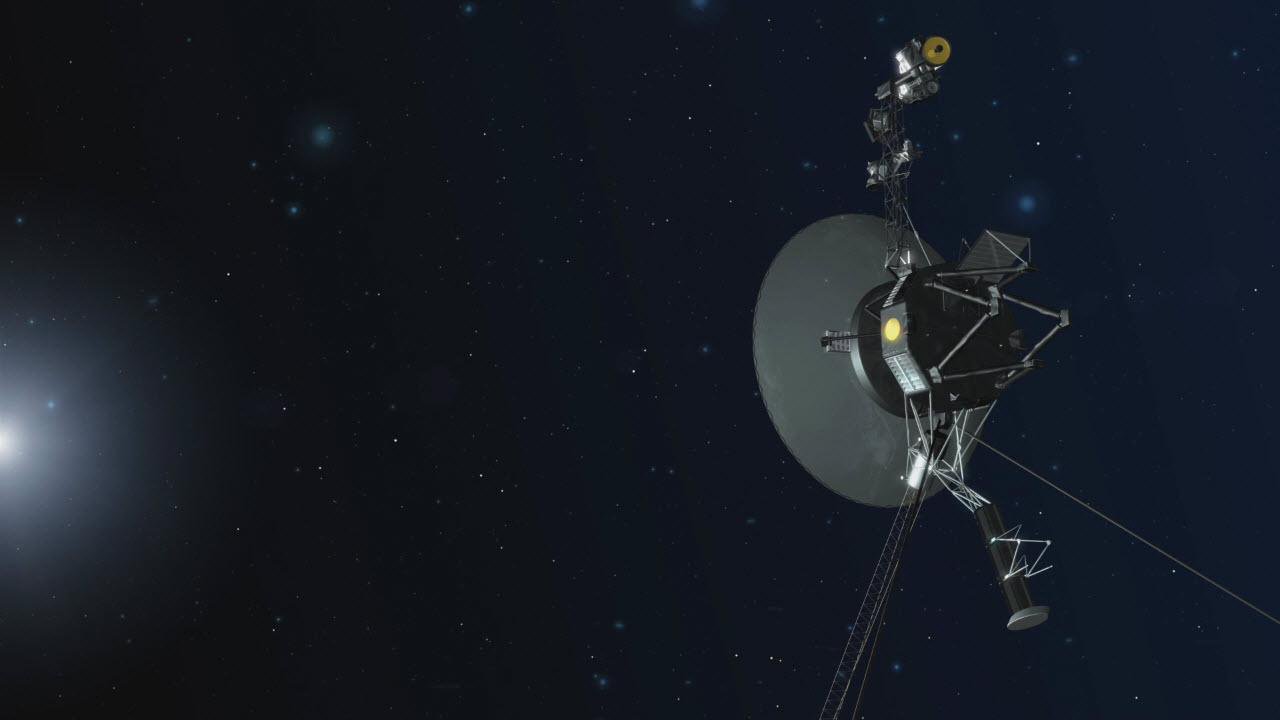NASA's iconic Voyager 2 spacecraft silent after antenna misalignment

- Country:
- United States
NASA's veteran spacecraft, Voyager 2, has encountered a temporary communication glitch due to an unintended error during a series of planned commands. According to the agency, on July 21, the spacecraft's antenna inadvertently shifted 2 degrees away from Earth, rendering it unable to receive commands or transmit data back to the ground antennas of the Deep Space Network (DSN).
For the unversed, DSN is a global system for communicating with interplanetary spacecraft. It consists of three clusters of antennas in California's Goldstone (United States), Madrid (Spain), and Canberra (Australia).
Voyager 2, one of NASA's iconic interstellar probes, currently lies approximately 12.4 billion miles (19.9 billion kilometers) away from Earth. Due to the misaligned antenna, the data being sent by the spacecraft is no longer reaching the DSN, and the spacecraft is not receiving commands from ground controllers.
The spacecraft is programmed to undertake periodic orientation resets to ensure its antenna remains precisely directed at Earth for communication purposes. The next scheduled reset is planned for October 15, which should restore communication capabilities with the spacecraft.
Communications with Voyager 2 have paused while its antenna is pointed a mere 2-degrees away from Earth. The team expects it to remain on its trajectory with a plan for the spacecraft to reset its orientation this October, enabling communication to resume. https://t.co/bJDKh6Icg5 pic.twitter.com/JhHN0Gt5a2
— NASA JPL (@NASAJPL) July 28, 2023
Launched on August 20, 1977, Voyager 2 embarked on its extraordinary interstellar journey just two weeks ahead of its sister spacecraft, Voyager 1. Despite this communication issue with Voyager 2, its counterpart, Voyager 1, which is situated almost 15 billion miles (24 billion kilometers) from Earth, continues to function normally.
NASA's Voyager missions have been among the most significant endeavours in space exploration, providing groundbreaking insights into our solar system and beyond. The twin probes were built to last five years and conduct close-up studies of Jupiter and Saturn, but they exceeded expectations and continue to be a source of scientific discovery and inspiration.
Their five-year lifespans have stretched to 46 years, making Voyager 2 NASA's longest-running mission and the only spacecraft to study all four of the solar system's giant planets - Jupiter, Saturn, Uranus and Neptune, at close range.










